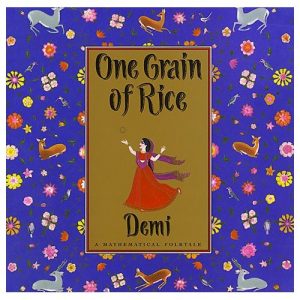Assessing Big Ideas in Number

A Mathematical Folk Tale
Assessing the Big Ideas in Number
Joy Milward
After the Results Plus two days for leaders, I was prompted to research the literature on teaching and learning the ‘Big’ Ideas in number. I came across a related link on the Victorian Education Department website that outlines a comprehensive assessment tool complete with teacher instructions, resources and assessment rubric for each of the Big Ideas.
Assessment for common misunderstandings
I’ve summarized key points from the “Assessment for Common Misunderstandings” web pages and pasted below the links to the assessment tools that address big ideas at each level:
- Targeted teaching begins with accurate information about each student knows already. This requires robust assessments that probe student thinking and levels of understanding, interpret misconceptions and provide ideas for next teaching steps
- This is particularly important in relation to a relatively small number of ‘big’ ideas and strategies in Number, without which students’ progress in mathematics will be seriously impacted.
- The tools comprise a number of easy to administer, practical assessment tasks designed to address a key idea in number
- A rubric of student responses and an interpretation of what the response might mean is provided together with some targeted teaching suggestions
The key ideas addressed at each level are listed below.
- LEVEL 1 – Trusting the Count, developing flexible mental objects for the numbers 0 to 10
- LEVEL 2 – Place-value, the importance of moving beyond counting by ones, the structure of the base 10 numeration system
- LEVEL 3 – Multiplicative thinking, the key to understanding rational number and developing efficient mental and written computation strategies in later years
- LEVEL 4 – Partitioning, the missing link in building common fraction and decimal knowledge and confidence
- LEVEL 5 – Proportional reasoning, extending what is known about multiplication and division beyond rule-based procedures to solve problems involving fractions, decimals, percent, ratio, rate and proportion
- LEVEL 6 – Generalising, skills and strategies to support equivalence, recognition of number properties and patterns, and the use of algebraic text without which it is impossible to engage with broader curricula expectations at this level
- Source Education Victoria: http://www.education.vic.gov.au/school/teachers/teachingresources/discipline/maths/assessment/Pages/misunderstandings.aspx


How wonderful!